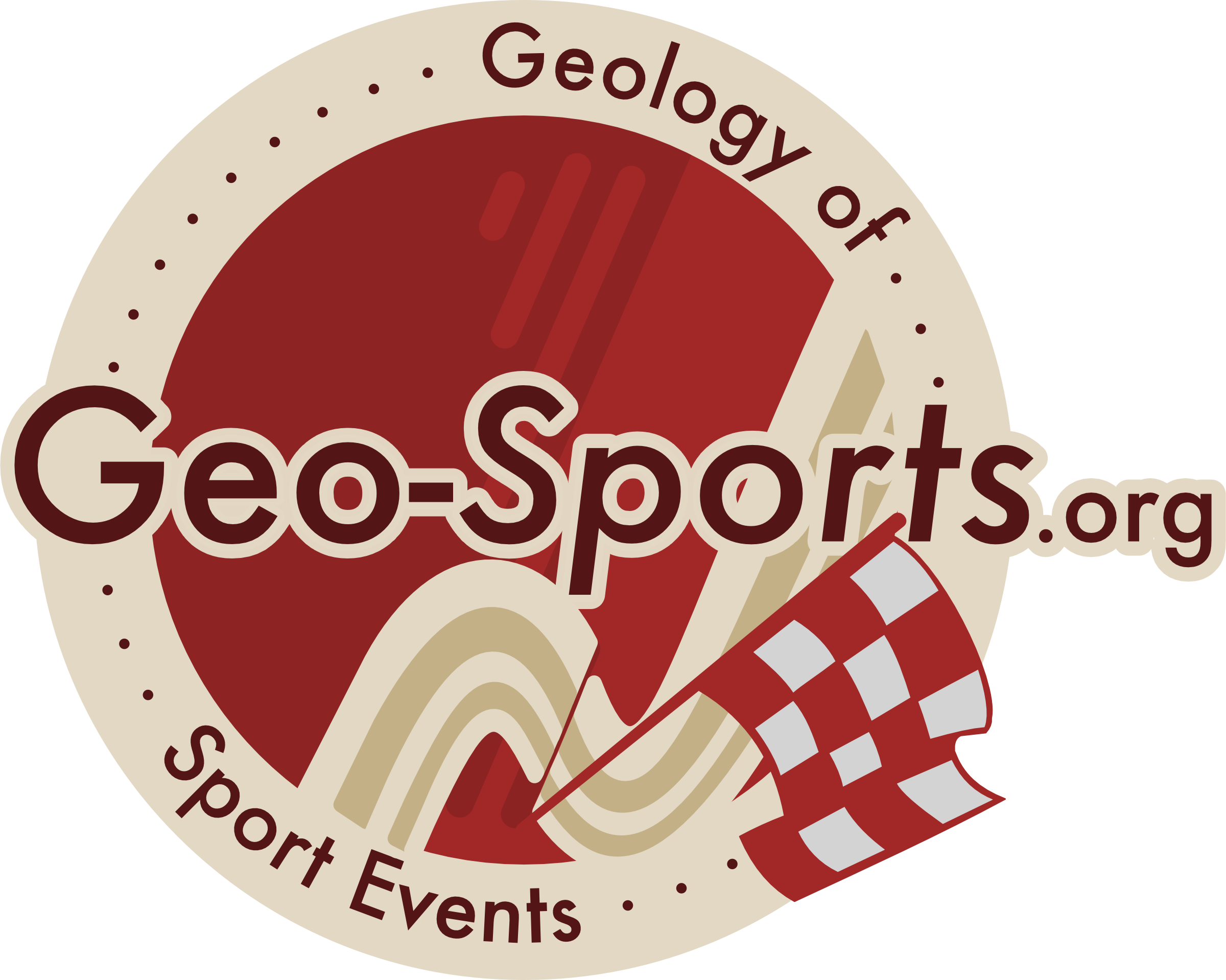The idea for blogs of the Geology of Sports events and especially cycling was born out of two passions. Quite simply: geology and cycling.
Geoscientists tend to love the outdoors. They are a talkative bunch who can’t stop explaining about their rocks, fossils, landscapes, natural processes and the field expeditions they undertook. At some point we realized that viewers of live coverage of cycling races watch hours and hours of geological excursions. Surely, we couldn’t let the opportunity pass to geo-monologue. We started in 2021 with the Tour de France, but since then we can’t stop ourselves and added almost all cycling races throughout the year, as well as the Ocean Race sailing regatta, and even the Dakar rally. In 2023, we took a big next step adding cycling presenter and journalist José Been as editor to the blog team to make our texts understandable for a large cycling audience, and we started collaborating with documentary maker and geologist Mark Carpenter to make TV clips about the geology of cycling presented by Douwe van Hinsbergen and Marjolein Naudé!
Hidden treasures
These races are covered by commentators that explain just about everything that passes the camera. All we had to do is help the commentators to explain a few things about the landscape and underlying hidden treasures. As it turns out, there are quite a few geoscientists who love cycling and watching the race. There are also quite a few cyclists with a keen interest in the environment.
This web page is dedicated to the Geology of sports events. We bring you cool geoscience and geo-background stories on all Tour de France and Tour de France Femmes stages, the Monuments of Italy, Belgium, and France, the Dutch pride of the Amstel Gold Race, and also blogs about the grand and not so grand tours! We tell you about the mountains and the plains, the tropics and the ice ages, long-gone oceans and volcanoes, dinosaur footsteps, giant clams, obelisks and mighty salt mountains.
On the Twitter account @geotdf and similar accounts on other social media (see the sidebar to pick your favorite), we can’t help ourselves and post about the geology of just about every race where we find something to tell you. So if you want your regular geo-fun fact, follow us. Drop your questions should you have any! We hope you enjoy, and we’ll see you on the road!
Send an e-mail to info@geo-sports.org to contact us.


